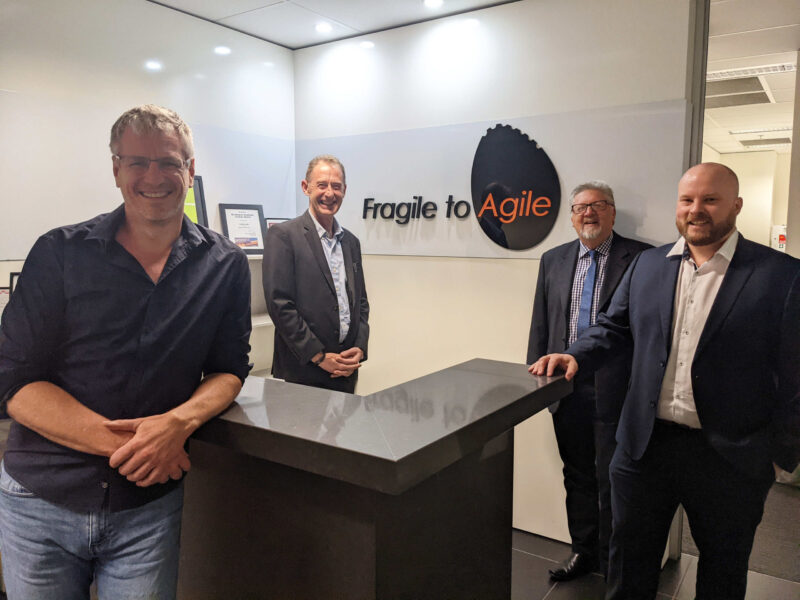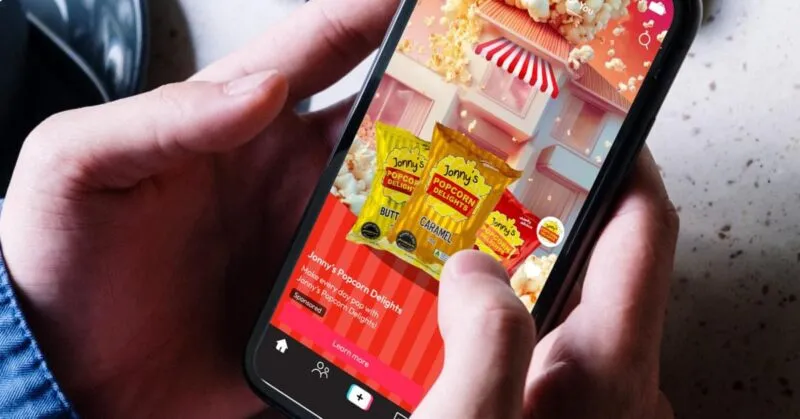In 2020 SA Power Networks partnered with Square Holes to conduct foundational research to understand awareness of electrical safety among key target groups, including young people, regional residents, and farmers.
The study was part of a strategic social marketing campaign, that involved three distinctive research components, foundational research, concept testing and on-going tracking research, with the aim to change community behaviour around downed powerlines, in traffic incidents, tingles and shocks in the home and farm safety.
Paul Roberts, SA Power Networks (SAPN) Head of Corporate Affairs says that SA Power Network’s objectives for the campaign were to reduce the potential for injury and death due to contact with electrical infrastructure and to increase awareness of electrical safety at home, work and in the community.

“Essentially, we wanted to step up our work with the community and build safety awareness – but from a viewpoint of really understanding where people were in their grasp of issues safety around power lines,” says Roberts.
The foundational research revealed that respondents didn’t really view electrical hazards as a priority, and that a majority had a limited understanding of correct protocol (54% were unaware of correct protocol in a collision with a stobie pole and 55% were not sure of any electrical safety hazards at home).
“The key findings we had was, perhaps not surprisingly, safety is not top of mind. People didn’t really perceive a high risk due to the fact that it’s not a regular occurrence for people, or they don’t hear about cases very often,” says Roberts.
“We also found that people kind of thought they knew what to do, but when we actually explored it with them, in reality their assumptions were incorrect and had the potential to place them in even greater danger. So that was what guided the campaign.”
Working with South Australian marketing agency NATION and using the information gleaned from the foundational study, SAPN developed the ‘You’ll be shocked what you don’t know’ campaign, which they brought to Square Holes before its release for campaign testing.
“I think we uncovered through the focus groups, a really clear understanding of where the community was on some of these issues. And it was galvanizing in a way to understand there was so much confusion. It helped particularly in really sharpening the mind around simple messaging. It got us to focus in on what was the one key message we can tell people to keep them safe,” says Roberts.
“The campaign testing then gave us the tick of bravery to go ahead with how we were approaching it. I think we got the emotion across from our ads, which was supported by the research, and helps to shape the message.”
Using media buyer Wavemaker to make sure that their message was accessible to a wide section of the community, SA Power Networks placed their campaign across buses, billboards, television screens, radio and social media.
Paul says that the distributor’s drive to get this campaign out, and in the public arena, was prompted by a genuine concern for the community, as well as helping build positive brand awareness.
“We felt there was a gap in community understanding of the risks. It was a positive thing to do for our brand. I won’t run away from that, but it was very much about trying to save lives and ensure safety for the community,” says Roberts.
“With a social marketing campaign, you want to create something that initiates behaviour change, not just awareness. We wanted to have a positive impact, which meant isolating one clear message, one clear action, that people could take to be safe in these situations.”
“This (campaign) is driven by the approach of understanding what the issues are, understanding what people’s perceptions are, and then tailoring a campaign to tackle those core issues. Then you check the campaign makes sense to people before you go out with it, and once it’s live, you test the waters from time to time to check that it’s actually doing what you want it to do.”
To make sure that their campaign is serving its intended purpose, Paul and his team have commissioned Square Holes to conduct on-going tracking research since 2020. In a report pulled in August 2022, 69% of respondents said that the campaign would change their behaviour in the future, along with a 38% growth in overall awareness of the campaign since it began.
“Changing behaviour is the long game. You can’t just think you can do three months of a campaign and it’s done. We’ve all seen with road safety and how many approaches they’ve taken to try to keep it fresh for people. The job’s never done,” says Roberts.
“In that sense, the continued tracking helps you to argue for the dollars to keep getting that campaign message out there. Without showing any real impact, why would you spend the money on it? You need that confirmation research to help you argue for the money to keep it going.”



